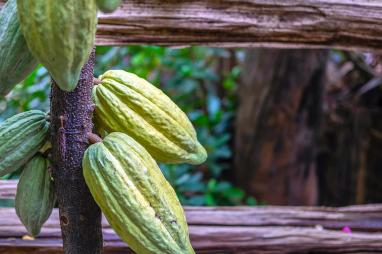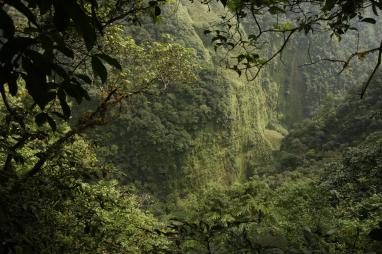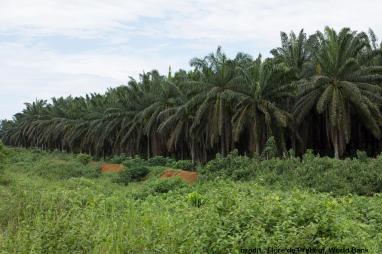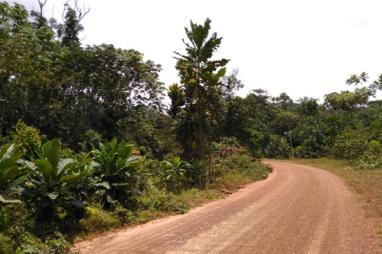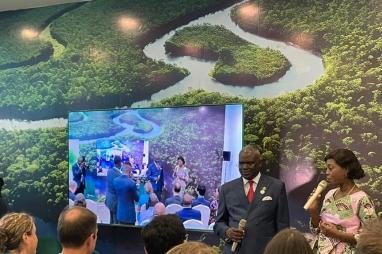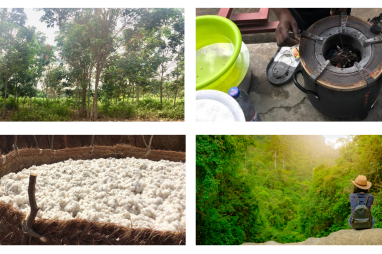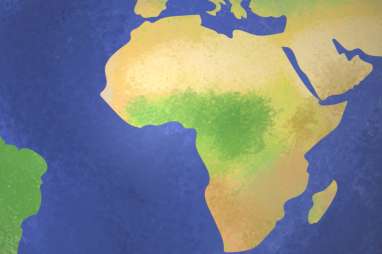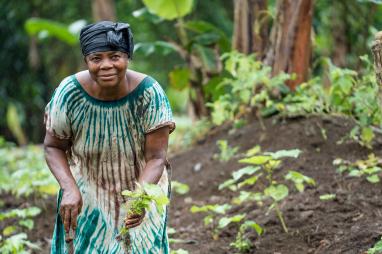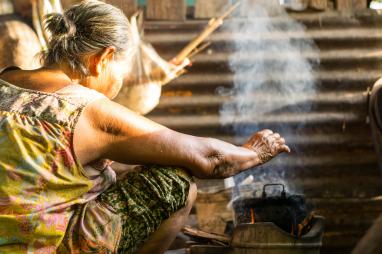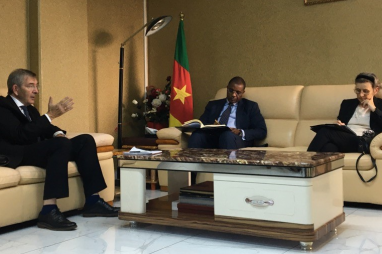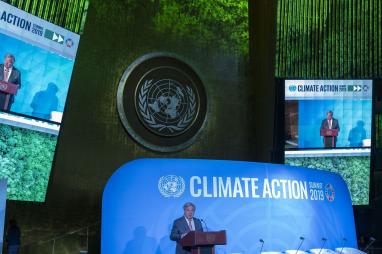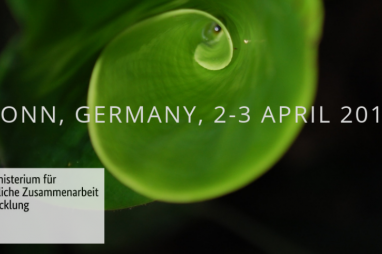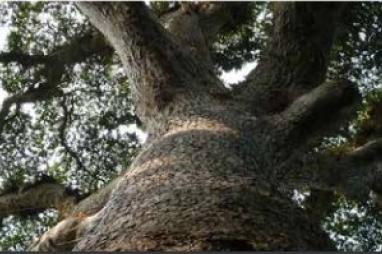Context
Cameroon forests cover approximately 30 million hectares. Deforestation was relatively low until 2013, but annual rates have doubled between the 2006-2012 period and the 2013-2019 period (see graph here).
The rural sector is one of the mainstays of the Cameroonian economy, contributing approximately 21% of GDP (2012 to 2018). In terms of exports, the rural sector accounts for 55% of the country's export earnings - ahead of hydrocarbons (30%). However, the large imports in agro-food products impact the trade balance negatively, catalyzing a national ambition to increase domestic agricultural production. This is compounded by the fact that Cameroon’s population is expected to double by 2046, with projections of an increase of 20 million people in urban areas and 17 million in rural areas, which will trigger a growing demand for food production.
Cameroon's ambition to increase its domestic agricultural production is part of the national vision to become an emerging and industrialized economy by 2035. The Government strategy aims to satisfy the growing national and regional market for oil palm and its industrialised derivatives, thereby driving expansion of large, medium and small-scale palm plantations. The Government’s goal to double cocoa production could drive increasing forest degradation unless productivity can be increased on existing farms, and expansion focused in already degraded forest, or afforestation promoting locally-developed cocoa agroforestry practices in savannah areas. Unlike other countries in the region, Cameroon is already experiencing very significant pressure on land, not only due to demographic factors but also related to the development of economic activities.
The Partnership with CAFI
Following a preparatory phase initiated since 2018, CAFI and Cameroon have entered in 2023 into an ambitious 3-phased partnership.
The Start-up Phase (2023-2026) will prepare the ground for the negotiation and signing of a long-term partnership (Letter of Intent) as a basis for broader CAFI commitment, and strengthen the capacities of national and local authorities and communities to ensure a robust and inclusive intersectoral coordination; with strategic and spatial planning necessary for the development of a “Green Economy” in line with the objectives of the national development strategy. A series of projects will be implemented during this phase (see decisions here and the "our programmes" section below).
The Engagement Phase (2026-2030) in which the Government of Cameroon defines policy commitments in line with the National Development Strategy, with milestones on deforestation and forest degradation. A budgeted programming pipeline will be prepared. CAFI’s Executive Board will make funding pledges based on Cameroon political commitments and presented budgets.
The Expansion phase (beyond 2027) Partners will seek a gradual increase in funding and actions to achieve milestones over time. Additional funding could be allocated on the basis of demonstrated needs to strengthen projects that have obtained significant results.
Partnership at a Glance
Cameroon is often referred to as "Africa in miniature" because of its climatic, ecological and cultural diversity. Cameroon’s Intended Nationally Determined contribution calls for a reduction of 32% in emissions by 2035 compared to 2010. Can the country's ambition in terms of economic emergence and food production be reconciled with its international commitments on climate and biodiversity?
million hectares of forest
hectares of forest lost between 2001 and 2019
of the population is less than 17 years old
of the population lives in rural areas
billion dollars of food imports in 2017
dollars in the pilot phase of the partnership
Our programmes
Policy dialogue
The Government of Cameroon is engaged in a process to better coordinate development planning and implementation, and strengthen the role of the Ministry of Land Use planning (MINEPAT) to do so. The Government of Cameroon has indicated its interest in better integrating the sustainable land use and management dimension into its internal planning processes, in order to minimize the impacts of its economic diversification priorities on forest cover. The integration of climate change and sustainable management of natural resources in the National Development Strategy 2020-2030 and the Rural Sector Development Strategy has been strengthened.
Building on these efforts, CAFI is engaged in a policy dialogue with the Government of Cameroon and technical and financial partners in Yaoundé, focused on identifying priority investment areas and potential institutional arrangements to steer future investments and identify the appropriate institutional mechanisms.
Latest updates
Resources
Cameroon - CAFI Partnership Website (in French)
Cameroon - CAFI Partnership Website (in French), 27 Aug 2024
27 Aug 2024
Cameroon National REDD+ Strategy (in French)
Cameroon National REDD+ Strategy (in French), 2 Jun 2018
2 Jun 2018
All decisions of the CAFI EB about Cameroon
All decisions of the CAFI EB about Cameroon, 30 Apr 2021
30 Apr 2021
Photocredit: ©Shutterstock/Fabian, Foggy overgrown hills in rainforest of Cameroon, Africa.


